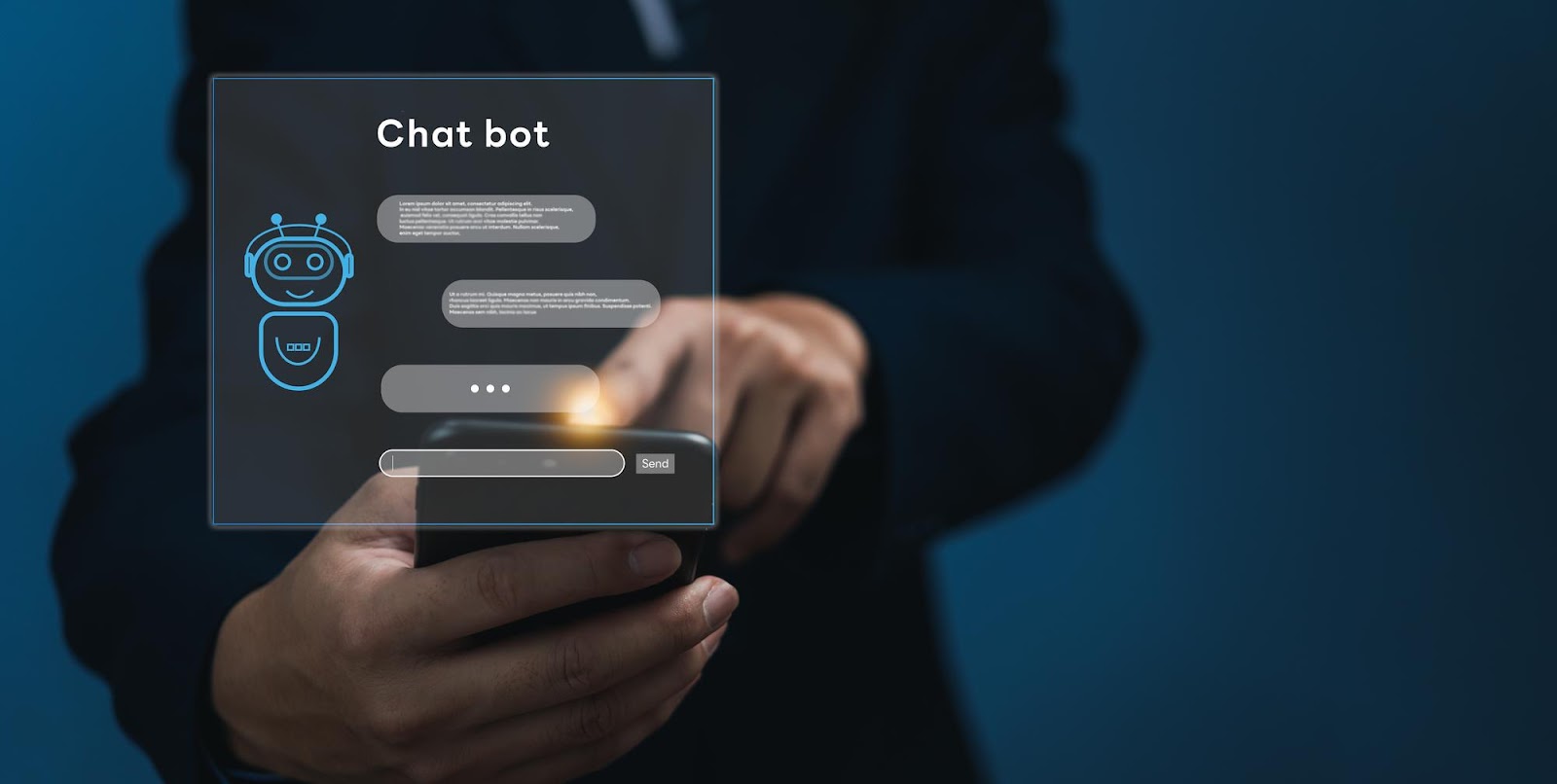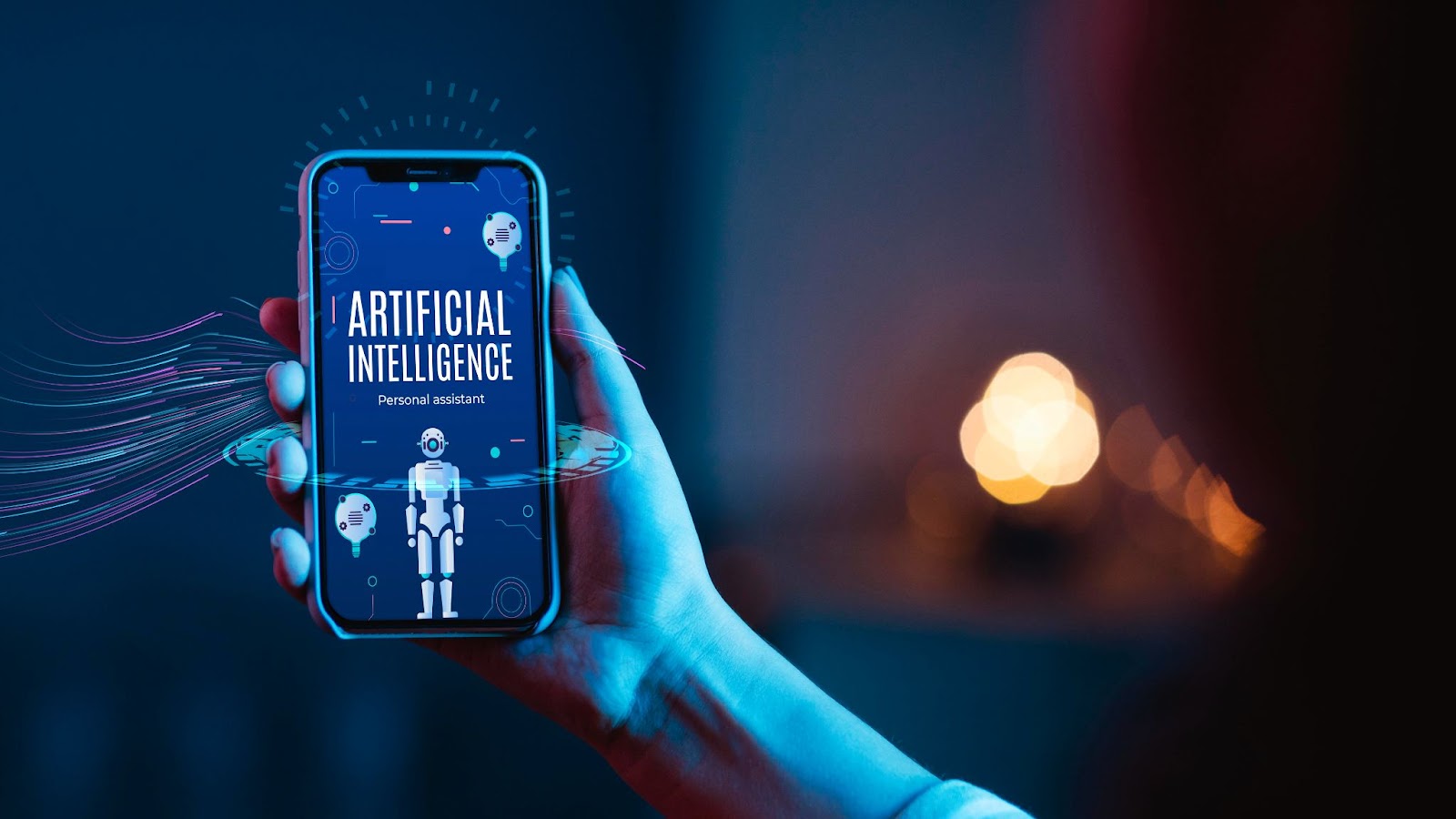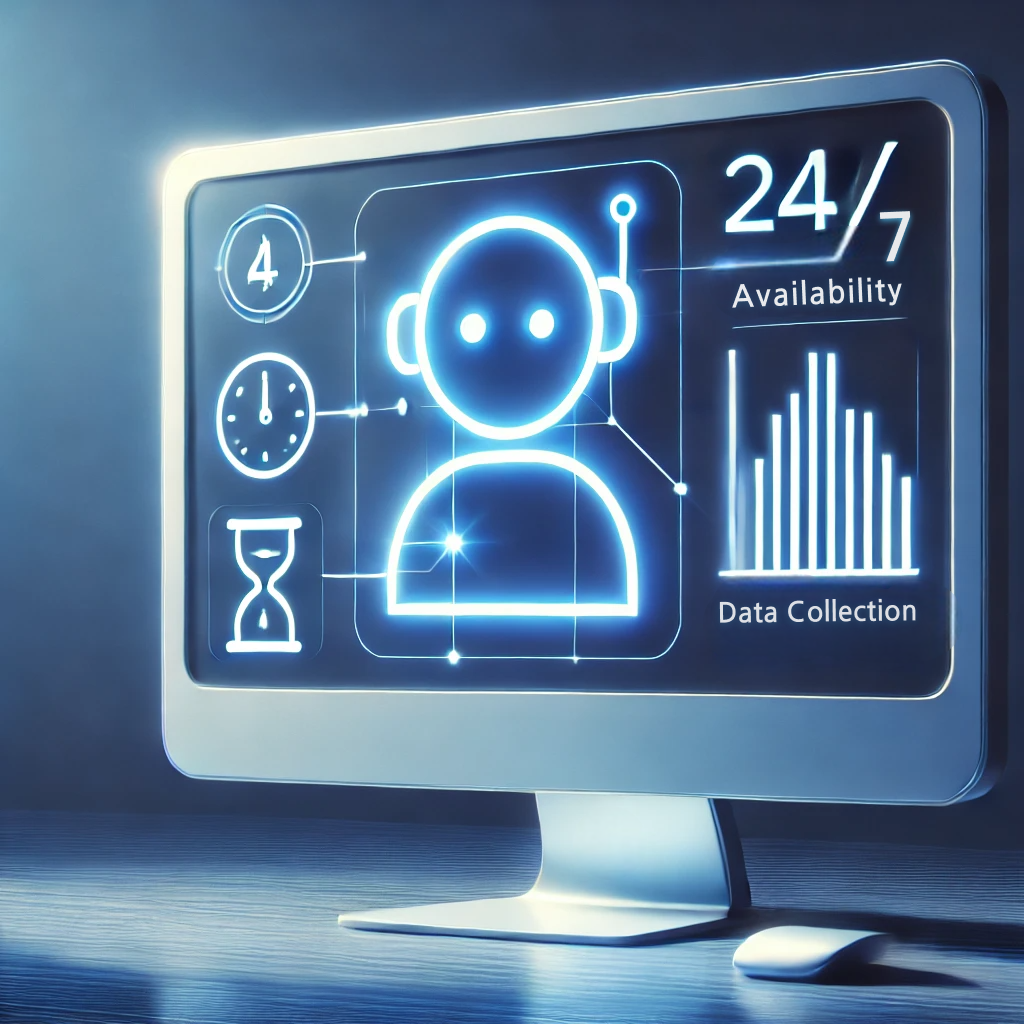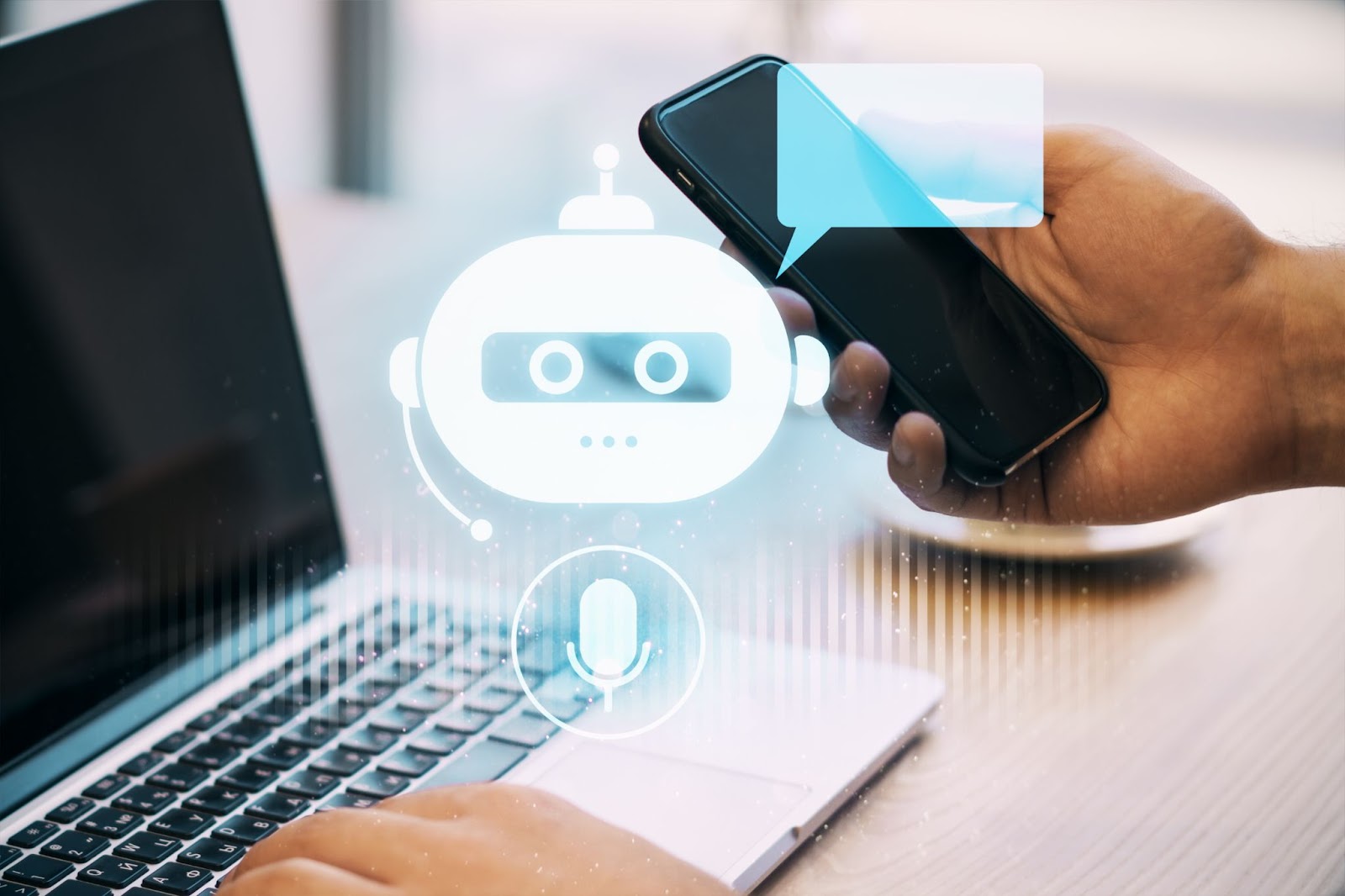
What is a Chatbot? Traditional vs. AI Chatbots
Have you ever used a chatbot for inquiries or questions while shopping online or seeking information on a website? Chatbots are becoming a staple in digital customer service, but did you know there are different types of chatbots, each with its capabilities?
Traditional/Normal Chatbot
To explain it in simple terms, a chatbot acts like a digital help desk. Just like when you visit a bank and ask the help desk for guidance, a chatbot assists users who visit a website. It answers questions through text or voice, provides the information they need, and helps them complete tasks. For example, a chatbot can inform customers about the status of their order, making it easier for companies to keep their customers updated without requiring assistance from a human employee.
How Traditional/Normal Chatbots Work
- User Input: The user types or speaks a question or query to the chatbot.
- Understanding: The chatbot uses programmed rules to analyze what the user is asking by identifying specific keywords.
- Response Selection: Based on the identified keywords, the chatbot selects a pre-written response that matches the query.
- Limitations: If the user's question doesn't match any of the pre-written answers, the chatbot cannot provide an appropriate response.
- Replying: The chatbot sends the selected answer back to the user.
- Further Interaction: The process continues, with the chatbot responding to each new query until the user ends the conversation.

AI Chatbots: A Step Forward
AI chatbots are a step up from traditional chatbots or can be considered an updated version with more advanced technology.
These bots use artificial intelligence and machine learning to understand and respond to user queries more naturally.
In a typical help desk scenario, a traditional chatbot is like a junior assistant—it can answer questions based on a set list of responses. However, an AI chatbot works more like a senior assistant. It has access to a broader range of information and can handle more complex queries. AI chatbots can review and take notes from past interactions to enhance their responses in the future.
How AI Chatbots Work:
An AI chatbot functions similarly to a traditional chatbot, but with a key difference. In a traditional chatbot, programmers input answers, and the chatbot matches those answers to specific keywords. In contrast, an AI chatbot uses Natural Language Processing (NLP) to understand the context, meaning, and intent behind the user’s words.
AI chatbots also "learn" from previous interactions and the data they gather, improving their responses over time. This enables the chatbot to provide more relevant and personalized answers in future conversations.
While traditional chatbots can only provide pre-written answers, AI chatbots analyze the user's questions and generate responses based on their understanding, without relying solely on pre-written answers.
Difference Between Traditional Vs AI Chatbot:
Traditional Chatbot:
- Can only respond to specific keywords or predefined phrases.
- Cannot handle unexpected questions or deviate from its script.
- Provides answers to simple, predefined queries.
- Limited to answering basic questions that are specifically written in the script.
AI Chatbot:
- Understands human language, including acronyms and context.
- Capable of responding to questions outside of its script using machine learning.
- Share customized responses according to the user's question.
- Can answer more complex and varied questions with ease.

Benefits of Using AI Chatbots
- Available 24/7: AI chatbots work 24/7, with no weekends off. Whether it’s midnight or a holiday, customers can reach out and get immediate responses without having to wait until the next day.
- Personalization: AI chatbots provide tailored responses based on individual users. They analyze past interactions and user preferences to offer personalized, relevant answers, ensuring a better user experience.
- Handling High Volumes: AI chatbots can handle thousands of inquiries at once without delays, making them ideal for websites with high traffic. Customers get instant replies, even during peak times.
- Cost-Effectiveness: By automating routine tasks and frequently asked questions, AI chatbots reduce the need for human intervention, which helps businesses cut operational costs.
Data Collection with Insights: AI chatbots collect important customer information during interactions to provide the best service.
Use of AI Chatbots:
- E-Commerce: On e-commerce websites, AI chatbots assist customers by helping them find products based on their preferences, offering personalized recommendations, and ensuring a smooth and easy online purchasing experience.
- Customer Support: AI chatbots can handle customer inquiries, troubleshoot issues, and provide the required information instantly, reducing the need for human involvement and improving response times.
- Healthcare: In healthcare settings, AI chatbots help users schedule appointments, provide basic health information, and answer general medical questions, offering convenience and accessibility.
- Finance: In the finance sector, AI chatbots assist customers with account inquiries, and transaction details, and provide financial advice, making banking services more efficient and user-friendly.
- Travel and Hospitality: AI chatbots streamline the travel experience by assisting customers with booking flights, checking reservations, and providing travel-related information.
Conclusion:
In summary, AI chatbots enhance user experiences, streamline business operations, and reduce costs, making them indispensable in various industries.
Now, do you think an AI chatbot is essential for your business, but not sure where to start? Don’t worry—Appgenix Infotech LLP is here to help you build a customized AI chatbot tailored to your needs. Contact us today to get started!


